Equipment
Graphite vs. steel iron shafts – what you need to know
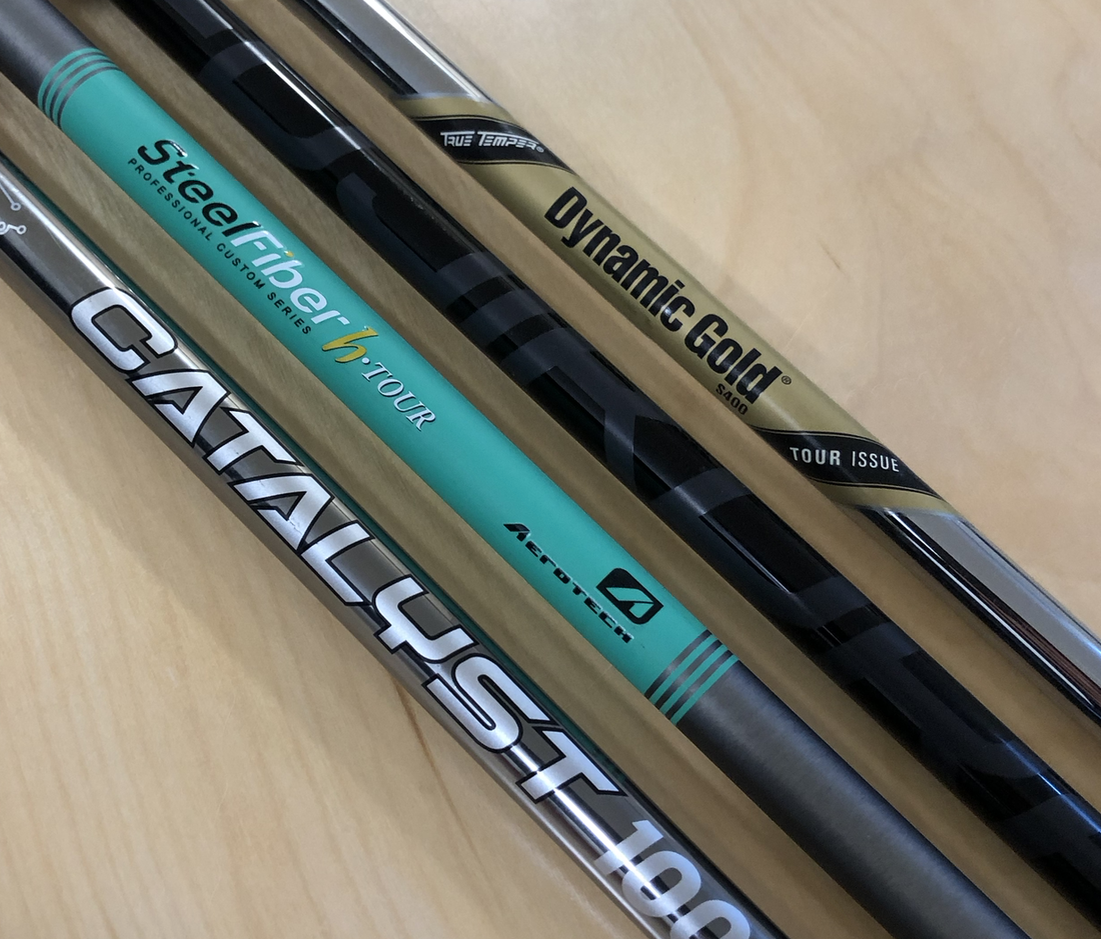
When it comes to selecting iron shafts, graphite vs steel continues to create debate among golfers at all skill levels.
As far as drivers, fairway woods, and hybrids are concerned, the train has left the station with the majority of players using graphite for some time. Graphite offers performance benefits that are impossible to achieve with steel including
- Graphite can be made much stiffer at lighter weights
- Bend profiles can be uniquely tuned thanks to multiple materials and composites (steel is a homogeneous material and very limited in this capacity)
- Graphite has greater shock-absorbing properties to help reduce vibrations transferring to a players hands
It used to be that graphite shafts were only for slower speed players who needed something that was lighter and more “whippy,” but that was a big misconception that continues to have some staying people with golfers unfamiliar with modern technology.
The benefits of graphite shafts in irons
The benefits of graphite shafts in irons vary depending on the weight category they fall into. The weight categories also generally coincide with player swing profiles, which give golfers and fitters the best chance to see a performance gain.
- >40-65 grams: The shafts in the lightest weight category offer players on the slow end of the swing speed spectrum the opportunity to generate more speed and additional high and spin on their shots. There are no steel shafts that are able to fit into this weight range, and graphite opens the door to a lot more players to enjoy that game thanks to total club weight reduction.
- 65-95 grams: This is the biggest portion of the graphite shaft market and where most golfers are going to fit in. The lighter weight shafts in this range continue to help golfers that are looking for extra speed, while the heavier options are a great transition point for players looking to move away from steel. One of the biggest reasons for a golfer to transition into graphite from steel in this weight range would be for vibration reduction, or in some cases to get extra stability unavailable in lighter weight steel compared to the graphite equivalent. Depending on the shaft, 90-gram graphite shafts are just as, if not more stable than, steel.
- 95-120+ grams: These shafts are for the fastest players, and from a materials and design perspective graphite, shafts in this weight range can be made extremely stiff —beyond the point of similar steel shafts. The argument used to be that graphite didn’t offer the same tight dispersion as steel, but that has been proven false and one of the biggest benefits for golfers looking in this category if all the stability (if not more) of steel but with greater injury/pain prevention.
Proven results
Graphite shafts have been commonly used on the PGA Tour for over a decade by players including Brandt Snedeker, Fred Couples, and Matt Kuchar, for the same reason regular weekend golfer use them—lighter weight and extra stability.

When speaking of stability, it was just over a year ago that PGA Tour player Bryson DeChambeau went from steel in his irons to graphite and became the first golfer on the PGA Tour to use 14 clubs with graphite shafts. The designer of those shafts had this to say about working with graphite,
“The versatility of composite materials allows us to add stiffness, drop torque, move the balance, and modify the flex profile without adding additional weight.”
It’s this kind of design versatility that benefits golfers at all levels.
Graphite versus Steel a deeper look
To get a better idea of what a properly fitted graphite shaft is capable of for faster players, the team at TXG have put together a number of videos to demonstrate and discuss their advantages.
Testing the stiffest iron shaft on the market
Equipment
BK’s Breakdowns: Cameron Young’s winning WITB, 2025 Wyndham Championship

Cameron Young’s WITB from his win at the 2025 Wyndham Championship. Cameron is a Titleist staff player but his bag is definitely filled with some unique clubs. Here are the clubs he used to secure his first PGA Tour win!
Driver: Titleist GT2 (9 degrees, A1 SureFit setting)
Shaft: Mitsubishi Tensei 1K Pro Orange 70 TX
3-wood: Titleist GT3 (15 degrees)
Shaft: Mitsubishi Tensei 1K White 80 TX
Hybrid: Titleist GT2 (21 degrees)
Shaft: Fujikura Ventus HB Black VeloCore+ 10 X
Irons: Titleist T200 (4), Titleist T100 (5), Titleist 631.CY Prototype (6-9)
Shafts: True Temper Dynamic Gold X7 (4-9)
Wedges: Titleist Vokey Design SM10 (48-10F, 52-12F, 56-14F @57), WedgeWorks (60-K* @62)
Shafts: True Temper Dynamic Gold X7
Putter: Scotty Cameron Phantom 9.5 Tour Prototype
Grips: Golf Pride Tour Velvet Cord
Ball: Titleist Pro V1x Prototype
Whats in the Bag
Peter Malnati WITB 2025 (August)
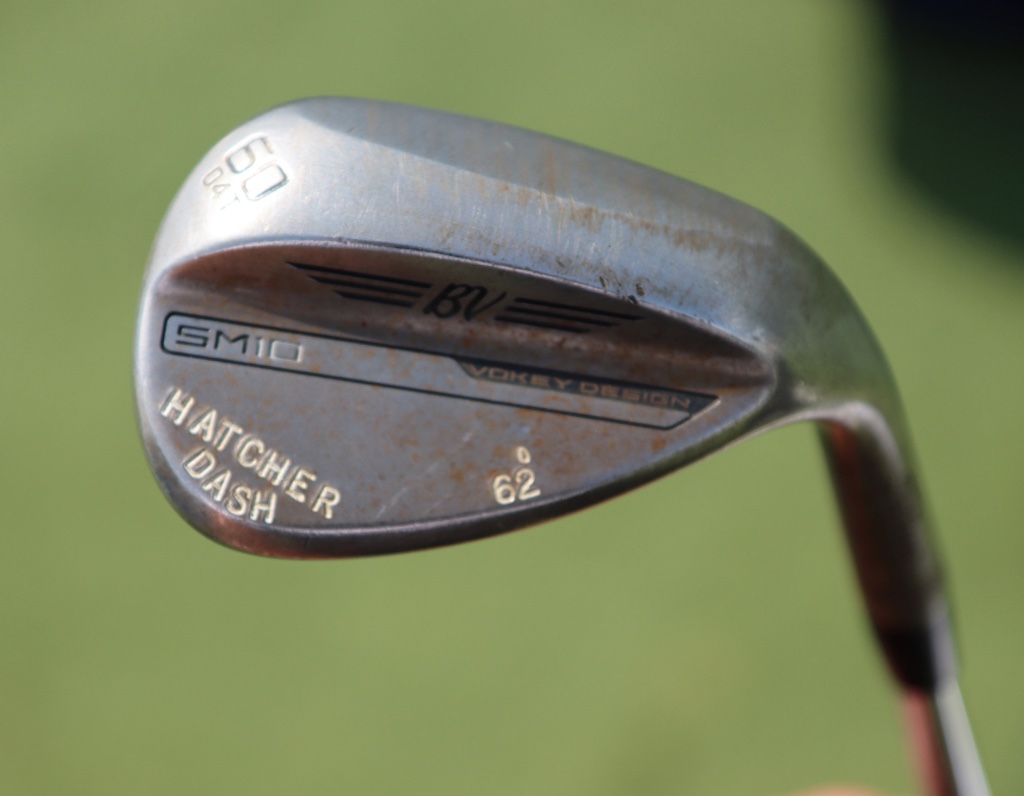
- Peter Malnati what’s in the bag accurate as of the Wyndham Championship. More photos from the event here.
Driver: Titleist GT3 (10 degrees, C2 SureFit setting)
Shaft: Project X Denali Blue 60 TX
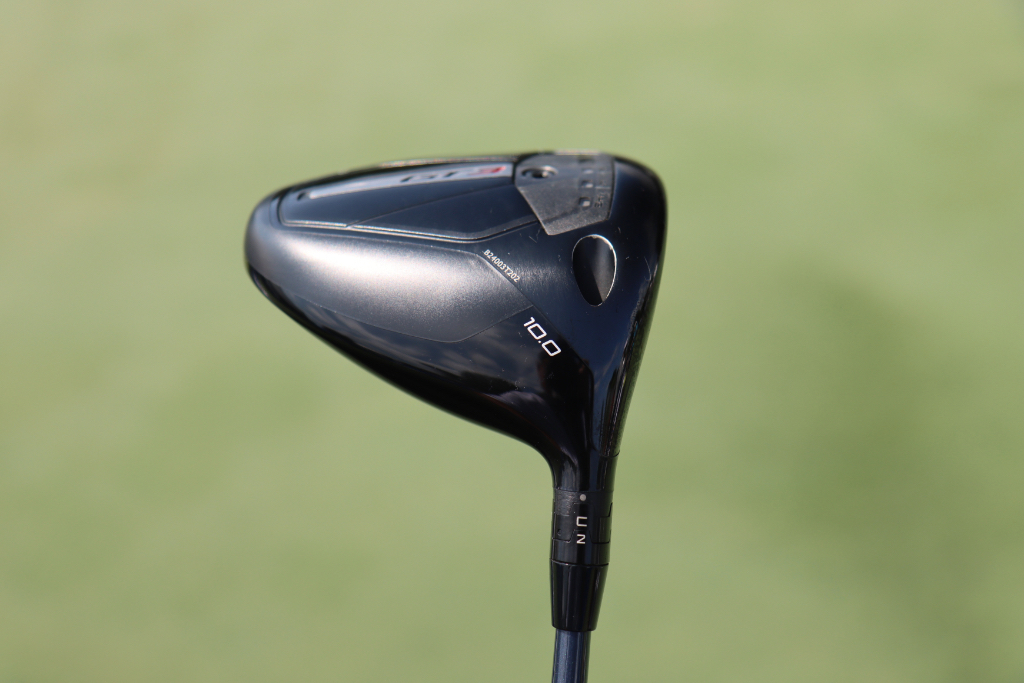

3-wood: Titleist GT3 (15 degrees, A1 SureFit setting)
Shaft: Fujikura Ventus TR Blue 7 X
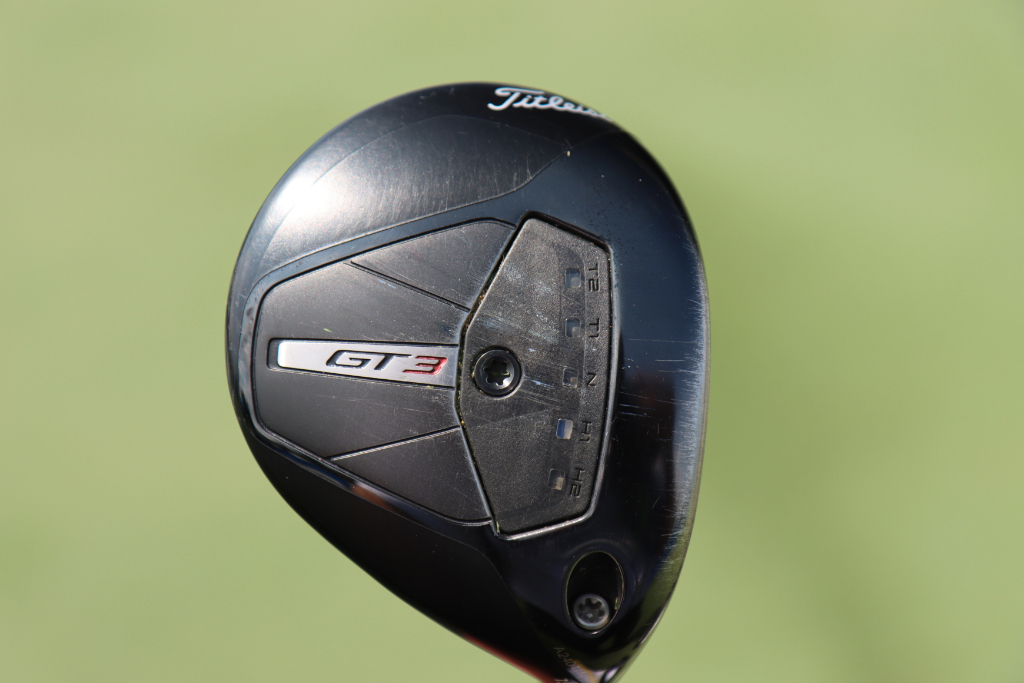
7-wood: Titleist GT2 (21 degrees, D1 SureFit setting)
Shaft: Fujikura Ventus TR Blue 8 X
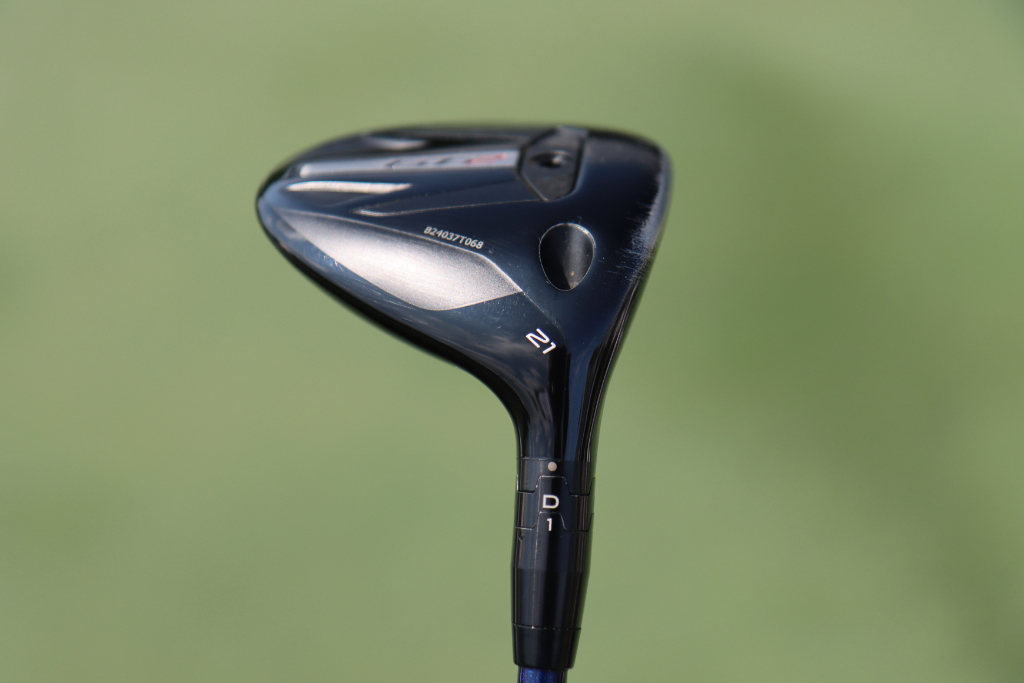
Irons: Titleist T150 (4, 5), Titleist T100 (6-9)
Shafts: True Temper AMT Tour White X100
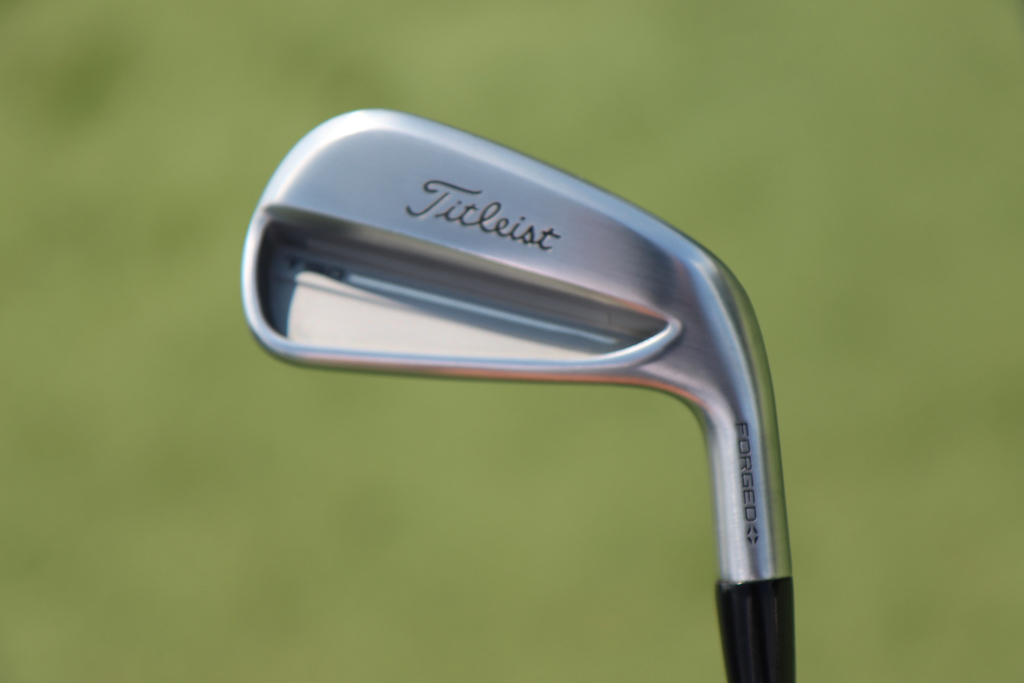
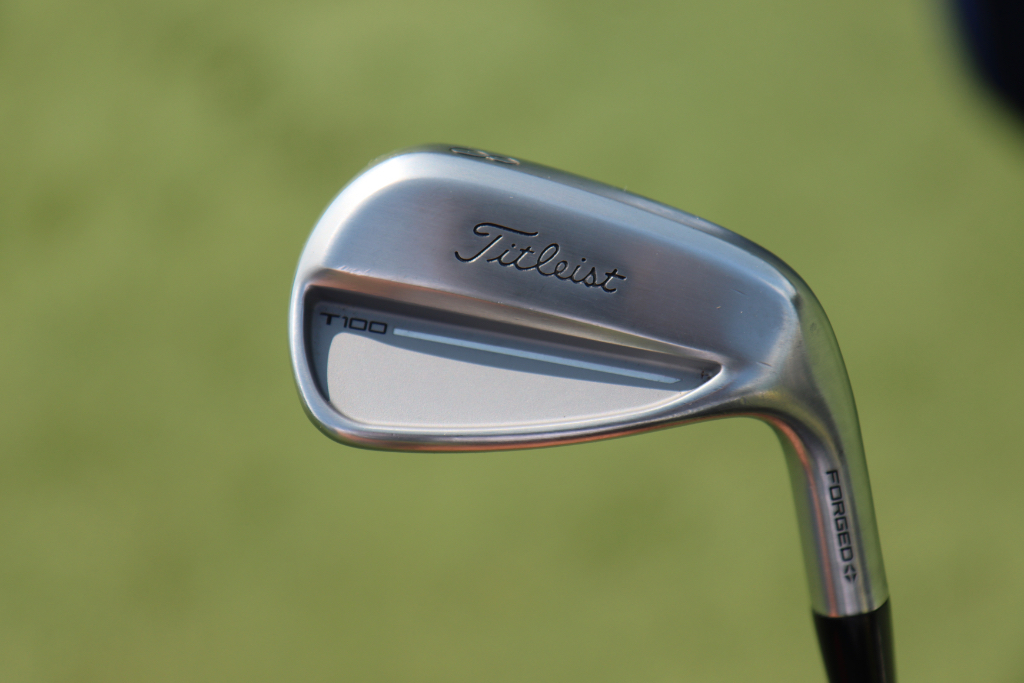
Wedges: Titleist Vokey Design SM10 (48-10F @47, 52-12F, 56-08M @57, 60-04T @62)
Shafts: True Temper Dynamic Gold Tour Issue S400
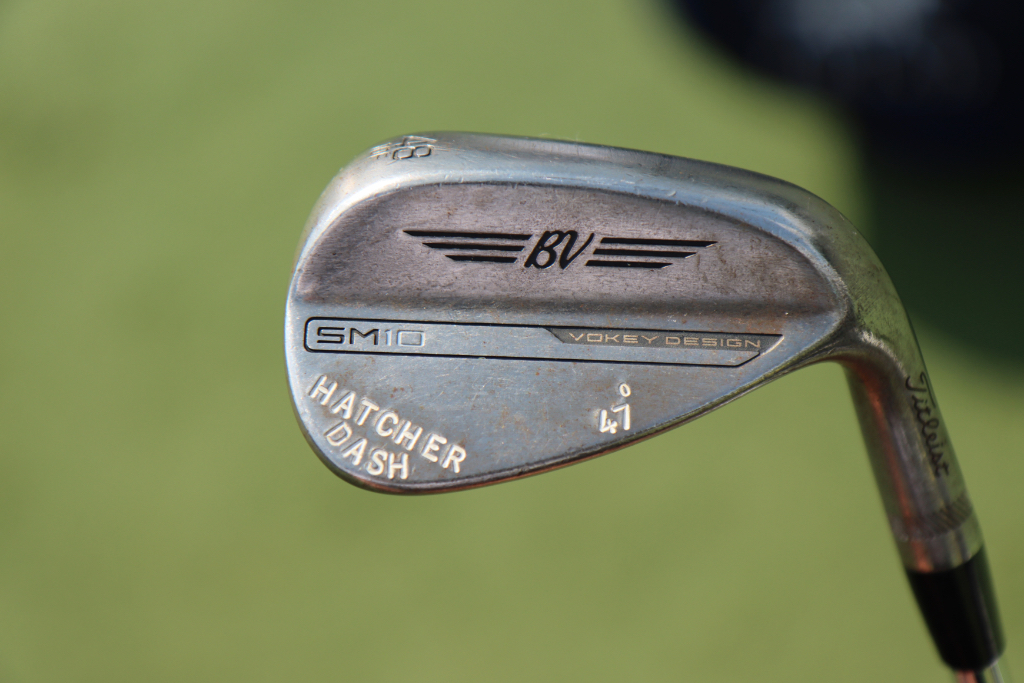
Putter: Scotty Cameron Studio Style Fastback 1.5 Tour Prototype
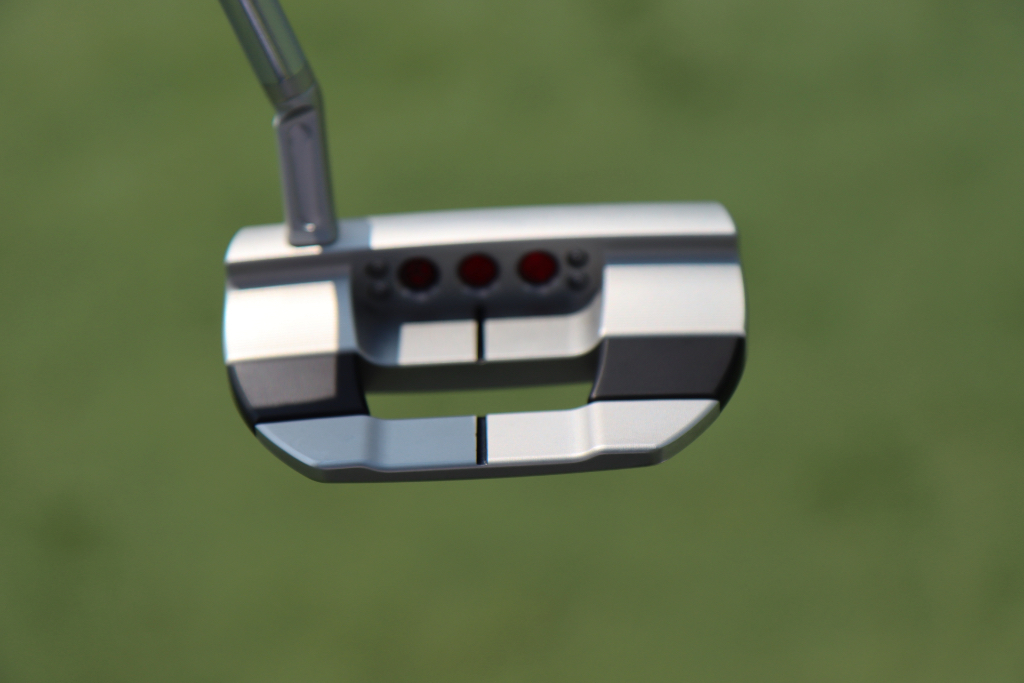
Grips: Golf Pride Tour Velvet
Ball: Titleist Pro V1x Yellow
Equipment
GolfWRX Members Choice presented by 2nd Swing: Best driver of 2025
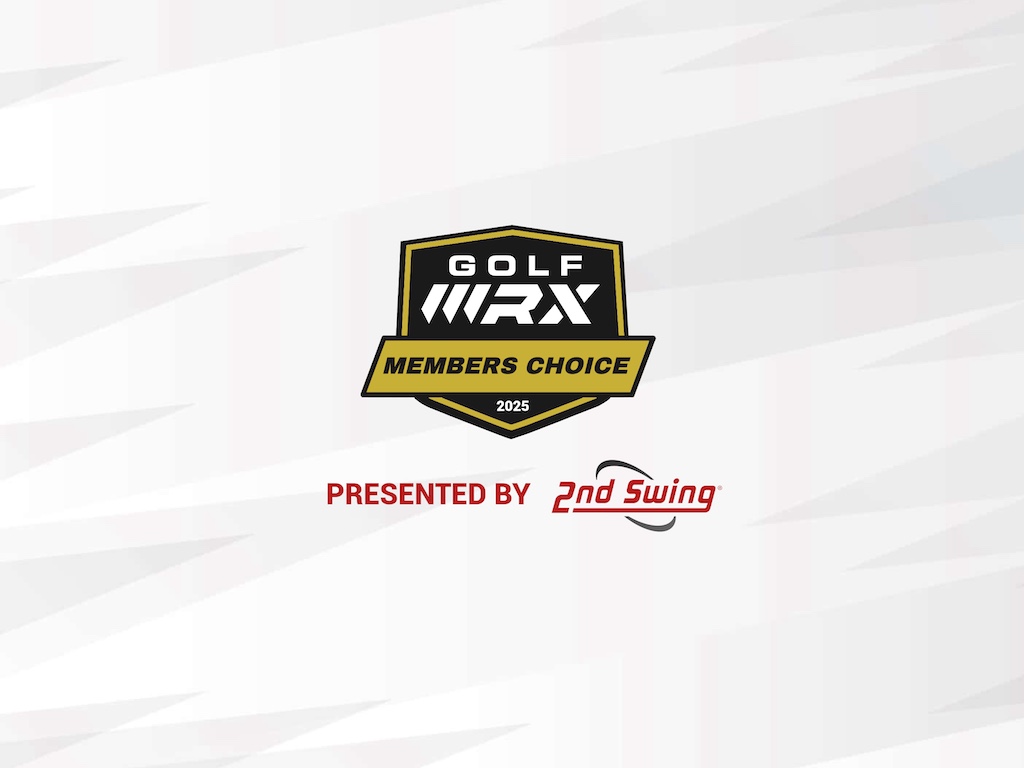
We’re proud to once again partner with 2nd Swing Golf to bring you GolfWRX Members Choice 2025! 2nd Swing has more than 150,000 new and pre-swung golf clubs available in six store locations and online. Check them out here.

What is the best driver in 2025? At GolfWRX, we take great pride in our online community and the cumulative knowledge and experience of our members. When it comes to the best driver of 2025, we want to know what our forum faithful think.
Since our founding in 2005, the bedrock of GolfWRX.com has been the community of passionate and knowledgeable golfers in our forums, and we put endless trust in the opinions of our GolfWRX members — the most knowledgeable community of golfers on the internet. No other group of golfers in the world tests golf clubs as frequently or as extensively, nor is armed with such in-depth information about the latest technology.
Below are the results of GolfWRX member voting for the 2025 best driver, along with the vote percentage for each club.
Best driver of 2025: The top 5
5. Callaway Elyte Triple Diamond: 6.02%
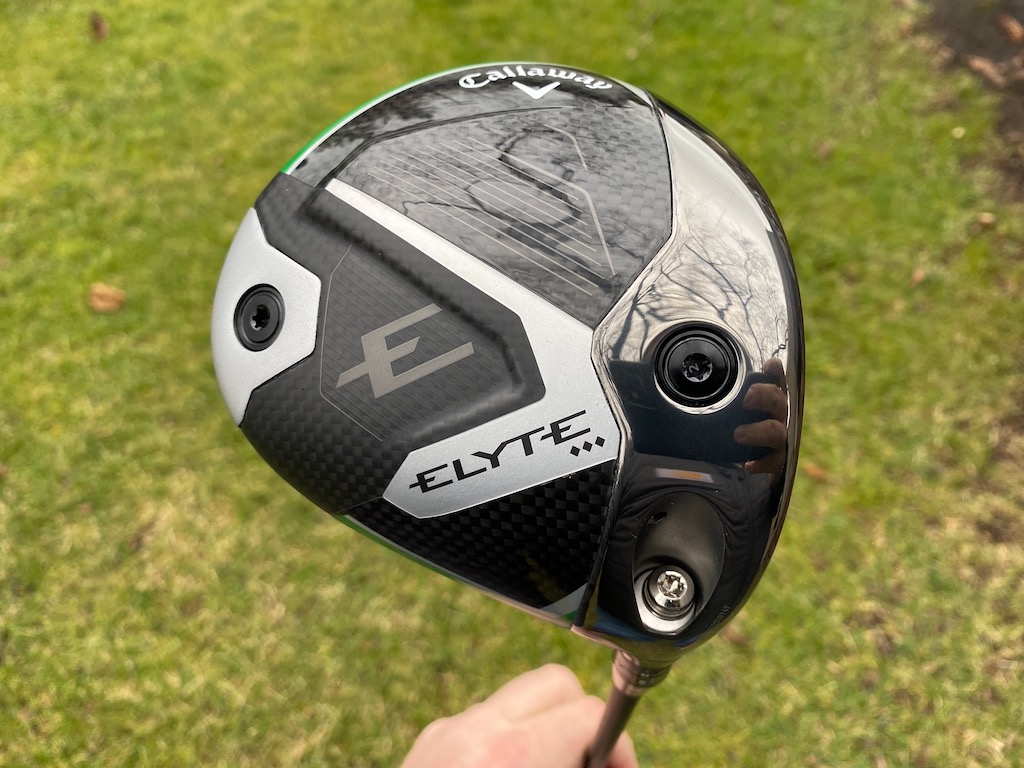
Callaway’s pitch: “For golfers looking for a fast, forgiving, yet workable driver, the Elyte Triple Diamond features a tour-inspired shape and is the preferred model by most Callaway tour players.”
You can read what other golfers are saying about the driver in the GolfWRX forums, and see our launch piece here. Shop the Callaway Elyte Triple Diamond here.
4. Ping G440 Max: 6.86%
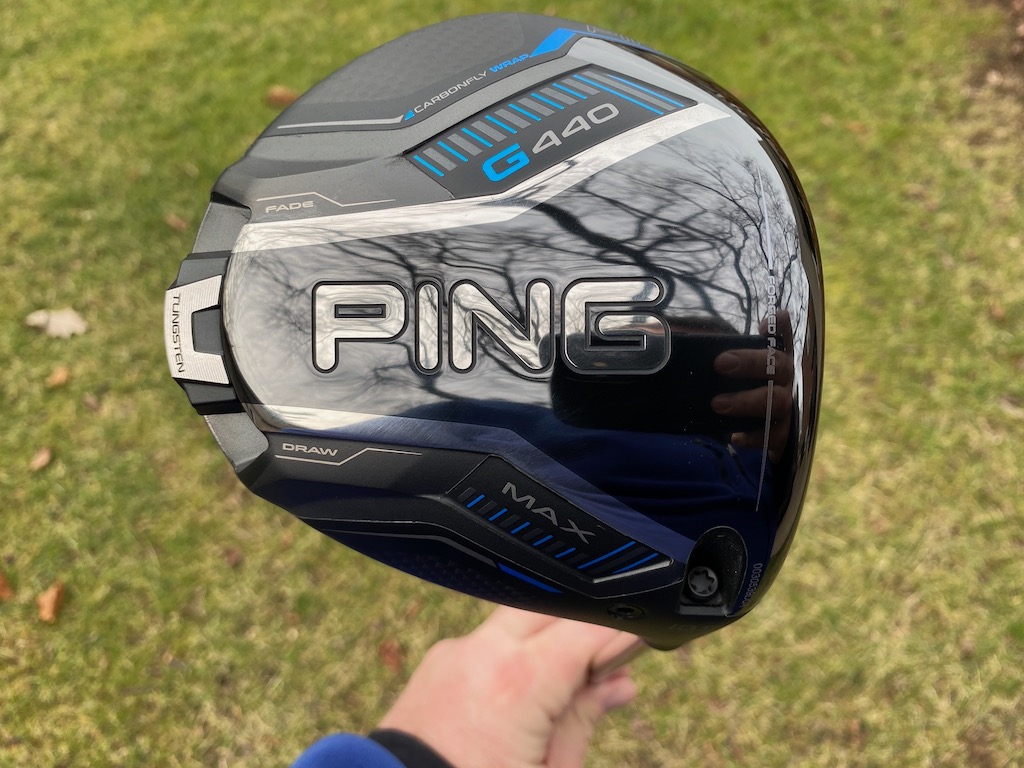
Ping’s pitch: “The most forgiving G440 model, MAX has a hotter face to generate speed and distance, and a lighter overall system weight with a longer shaft (46″) for faster clubhead speed, higher launch and longer carries. The Free Hosel and Carbonfly Wrap crown save weight to create our lowest CG ever and increase forgiveness while contributing to a more muted, pleasing sound.”
You can read what other golfers are saying about the driver in the GolfWRX forums, and see our launch piece here. Shop the Ping G440 Max here.
3. Ping G440 LST: 9.53%
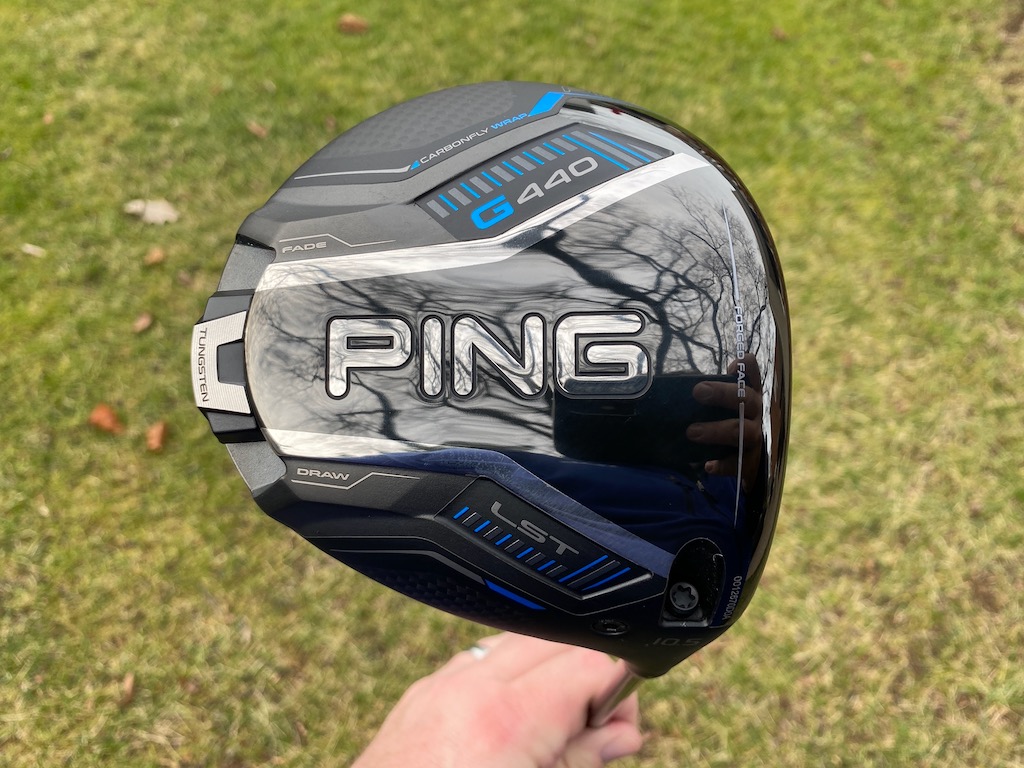
Ping’s pitch: “LST is an especially good fit for faster swings, offering less spin and more control with a penetrating trajectory. A hotter face, lighter overall system weight and longer shaft (46″) deliver more speed and distance while maintaining tight dispersion.”
@phizzy30: “Not a fan of Ping drivers in general, but 440 LST takes the cake. It’s super forgiving across the face for a low spin head, looks and sounds good and the ability to make it play neutral or slightly fade biased through the hosel settings is very appealing.”
You can read what other golfers are saying about the driver in the GolfWRX forums, and see our launch piece here. Shop the Ping G440 LST here.
2. Titleist GT3: 16.55%
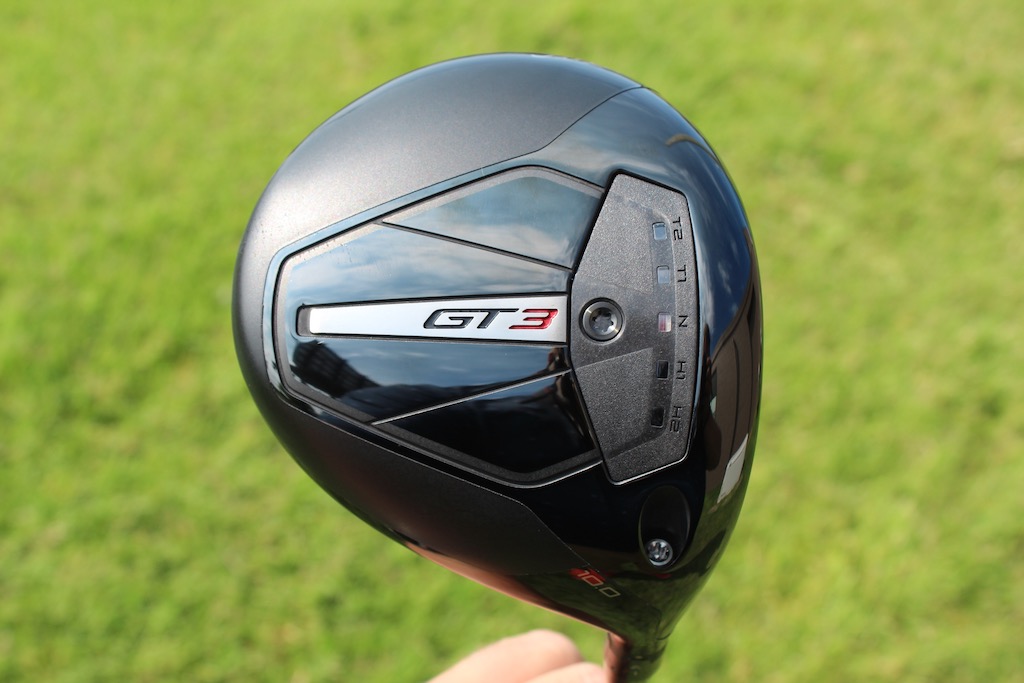
Titleist’s pitch: “The GT3 Driver offers Titleist’s boldest combination of power and personalization through adjustable performance. Dial in the CG Track to your frequent contact location to make your biggest drives even bigger while taking total control over flight and shaping.”
@mrmikeac: “I’ve been Anti-Titleist for years and years and years (outside of Vokey, of course). With that being said, HOLY BEGEEZUS the GT3 driver is an absolute NUCLEAR MONSTER! This thing blew my G430 10K Max out of the water in every single category. Forgiveness is the biggest thing that stands out of me, the 3 model has always been one of the less forgiving models in the past but this GT3 can take bad shot after bad shot and still end up in the fairway, I think a ton of that has to do with the adjustability, it’s actually effective. Feel and sound is perfect, that solid crack is so addicting to hear and when you hit it out the screws this thing can absolutely bomb it. Titleist, I’m sorry for doubting you. You have converted me.”
You can read what other golfers are saying about the driver in the GolfWRX forums, and see our launch piece here. Shop the Titleist GT3 here.
1. Titleist GT2: 22.91%
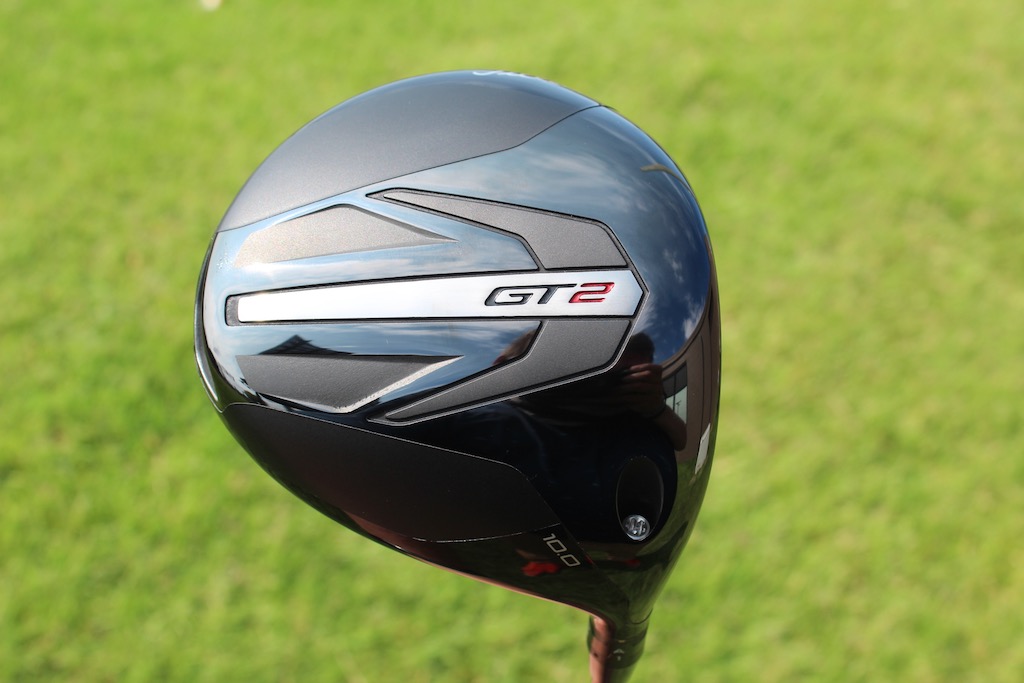
Titleist’s pitch: “Delivering impressive distance from any impact point, the Titleist GT2 Driver extracts maximum performance through a forgiving design. Get the stability and added confidence of a high-MOI driver without sacrificing speed.”
@DTorres: “The Titleist GT2 has proven to be the best driver of the year. Packaged in a classic profile, GT2 perfectly balances performance and forgiveness while consistently being a high performer across all categories.”
You can read what other golfers are saying about the driver in the GolfWRX forums, and see our launch piece here. Shop the Titleist GT2 here.
Other drivers receiving >2% of the vote
| Driver | Vote percentage (%) |
|---|---|
| Cobra DS Adapt Max K | 4.85% |
| Ping G430 Max 10K | 3.85% |
| Callaway Elyte Triple Diamond | 3.68% |
| TaylorMade Qi35 | 3.51% |
| Callaway Elyte | 3.18% |
| Cobra DS Adapt X | 2.34% |
| Cobra DS Adapt LS | 2.17% |
| TaylorMade Qi35 LS | 2.17% |
View this post on Instagram










Jay White
Nov 12, 2022 at 4:04 pm
Difference between S steel vs R graphite shafts, clubs- Honeycomb USA 2-sw, I’m 68yrs old, swing speed of 85-105mph, I put GP-CP2 wrap jumbo grips on thm, will it be worth it to reshaft these to graphite, I kno they’ll be lighter but will it help in distance ?
My last tournament was the Illinois PGA SENIOR OPEN in 2018. Looking forward to your answer.
Jay
geohogan
Jul 22, 2022 at 10:04 am
Doubt that there is a stiffer tip and butt than Nunchuk graphite wood and iron shafts. All without exotic graphite. Graphite can be wrapped to achieve
specific properties of stiffness or flex. Nunchuk is wrapped to have a “mid” flex point, allowing elimination of torque, dip, gear effect at impact for most consistent impact swing after swing.
With most weight(build up of more layers of graphite) in butt section, these shafts are counterbalanced (similiar to hickory).
The human mind/body will exert more effort subconsciously when we sense more weight, just as we instinctively know how much effort to exert when lifting a light compared to heavy parcel.
Gerry Teigrob
Apr 20, 2021 at 12:23 pm
I used to play graphite shafts until my mid-40s… now I’m eager to get back to them. I used to enjoy the distance, feel, and consistency with them…then I thought I needed steel in my irons. Considering Bryson, Rickie, Freddie, and Matt play them, this encourages me to get a second look at them! I’m also eager to get my game back that’s been missed since moving over to steel.
Scott
Jan 11, 2021 at 10:59 am
I’m an absolutely average speed golfer – 100 mph driver chs. Switched to graphite 2 years ago due to arthritis in shoulders and elbows. I wish I had done so 10 years ago. I first played KBS TGI and have alternately played Matrix Program F15 & MC MMT since. I’ve experienced all the noted benefits of graphite. The one benefit that was unexpected was the increase of spin/spin control on lower/flighted iron shots that I was unable to get with prior Nippon & PX steel.
Dustin C Barrett
Jan 10, 2021 at 9:17 pm
I’m about to switch to graphite in my irons. I have plenty of speed and don’t need distance, but if I’m being honest I’m not going to turn it down. I’m switch because of chronic problems in my hands and wrist that will often keep me from playing and practicing as much as I would like. Especially this time of year. Steel Fiber here I come. PX 7.0 it’s been real but my hands can’t handle you anymore.